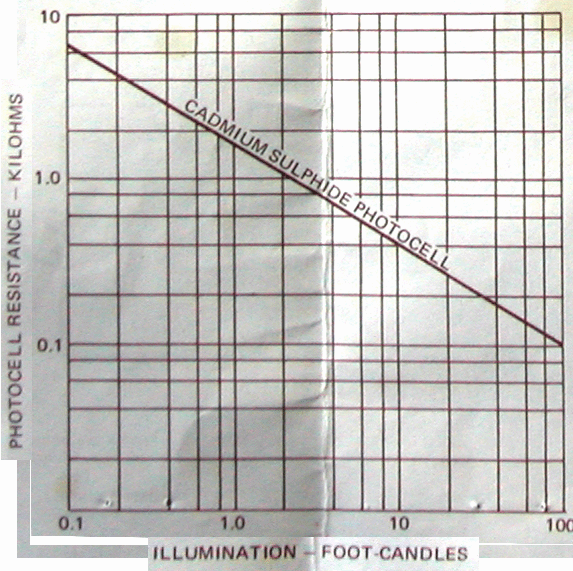

In case we presume the segmentation could be better, it might make sense to train a custom StarDist model and/or try other segmentation algorithms and napari plugins such as CellPose. Without measuring image segmentation quality in detail we can state that StarDist appears able to process this dataset. After hitting the Run button, StarDist will produce a label image and show it in napari using another image layer. For the following workflow it is important that the pre-trained model Versatile (fluorescent nuclei) is selected and the Output type Label Image. The graphical user interface of StarDist allows to configure various options. We can start it from the menu Plugins > StarDist: StarDist. StarDist is a state-of-the-art method for segmenting nuclei and there is a napari plugin with pretrained models available. Nuclei segmentationĪfter opening the dataset, the first step is to segment the nuclei. A quick visual inspection allows presuming that intensity and/or shape are good features to differentiate mitotic cells from others. The napari graphical user interface showing the “Human Mitosis” dataset. Its File > Open Examples > napari > Human Mitosis menu gives us the example image we will be exploring in this blog post. From within a terminal window with the conda environment activated, we can start napari by typing napari and hitting.
AVERAGE IMAGE INTENSITY CELLPROFILER INSTALL
If you want to follow the procedure, it is recommended to setup a conda environment first and then install stardist-napari and devbio-napari, preferably using conda. We will use the napari plugin stardist-napari, and a plugin collection named devbio-napari. These nuclei appear brighter, smaller and more elongated, but it is not obvious which feature(s) allow stratifying the nuclei in two groups best. Our goal is to identify mitotic nuclei among others. In this blog post we will explore the “Human mitosis” example dataset of scikit-image which originates from Moffat et al (2006). Explorative data scientists more often conclude like “The volume parameter is a worthwhile candidate for further analysis because it appears to differentiate conditions A and B”. Explorative methods typically do not lead to final conclusions such as “Objects are significantly larger under condition A compared to condition B”. If those patterns can be identified they lead to new hypotheses that can be further elaborated on using the scientific method and further experiments.

In explorative data science we analyse entire datasets or subsets of large datasets searching for patterns. In Python there exists also a defacto-standard column “label” that tells us which object the measurements were derived from. The result is typically a table with columns such as “Area”, “Mean intensity”, etc. The process of deriving features from images is called feature extraction. Features are quantitative measurements which can be derived from entire images or from segmented images. If you, at an early project stage, can get an idea how extracted features relate to each other and where in your image you find certain patterns, downstream analysis can be much easier. My team and I are bringing such tools to the napari ecosystem to facilitate answering questions as listed above and to streamline image data analysis in general. Versatile, interactive image data exploration tools were lacking for exploring features in single, potentially timelapse microscopy datasets. in tools like CellProfiler/Analyst and Pandas, and typically require large amounts of imaging data and/or coding skills. The techniques I’m writing about are established in life sciences for years, e.g. However, in the age of computational data science, there are other approaches for exploring measured features, their relationships with each other and relationships with observed phenotypes. These questions can partly be answered by inspecting carefully how these features are defined and how objects appear. For example when characterising phenotypes of nuclei in 2D images, often questions come up such as “Shall we use circularity, solidity, extend, elongation, aspect radio, roundness or Feret’s diameter to describe the shape of our nuclei?”, “Can we safely exclude the small things from the analysis, because these are actually no nuclei?”, or “Which features identify mitotic nuclei better, shape-based or intensity-based features?”. When analysing microscopy image data of biological systems, a major bottleneck is to identify image-based features that describe the phenotype we observe.


 0 kommentar(er)
0 kommentar(er)
